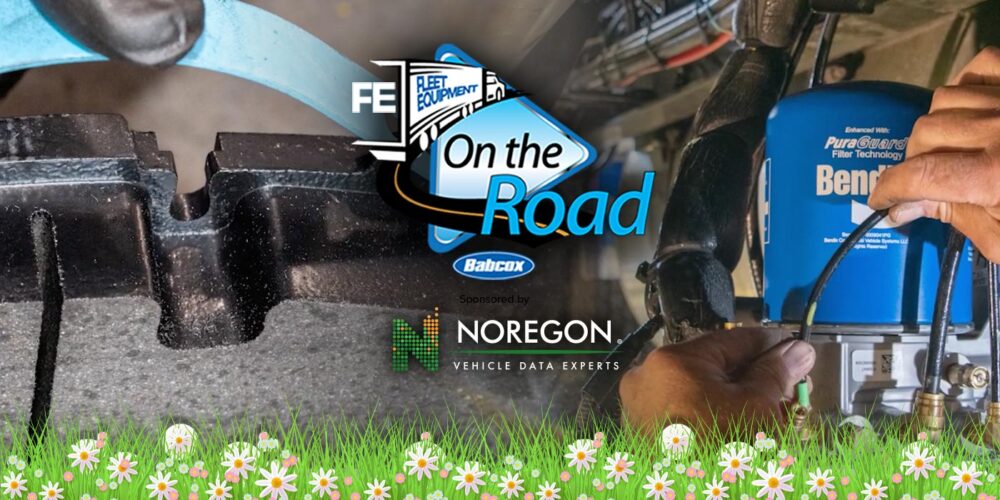As a highly efficient power source for propelling electric vehicles, truck e-axles are designed to go beyond providing just torque and power. They also balance performance, durability and reliability to allow maximum time on the road per charge.
Click here to watch more of FE’s On the Road video series.
Here is a transcript of the video:
Manufacturers like Allison Transmission, Meritor and Dana continue to advance E-axles in all kinds of categories, making them simpler, more power-dense, reducing packaging size and weight, lowering noise emissions and increasing system efficiency. Lately, improved design flexibility for battery placement and truck body positioning have also been a big development focus for these companies – and this has spurred the market to design higher performing and more efficient electric vehicles.
The combination of improved packaging and lower weight also supports OEMs who need to employ large battery packs without compromising on cargo space or load capacity. Newer e-axles can utilize fully integrated electric motors, improving performance, efficiency and cooling, all while reducing the impact on packaging flexibility.
Looking beyond E-axle capability, it’s important to be aware of maintenance needs, too, primarily high voltage safety. We covered some high voltage safety tips last week – all of that applies here too.
As a reminder, no different than maintaining conventional diesel vehicles, fleets should always follow the OEM’s recommended practices for EVs. Key safety and maintenance topics for electrified vehicles should include the fundamentals of an electrified system and its components. This includes architecture, charging, pre-operation inspections, and EV maintenance schedules.
The majority of heavy-duty EVs operate at 650V with peaks up to 800V, so certain precautions need to be taken to safely service the vehicle. But, much of the E-axle is going to be familiar to technicians, with brakes, suspensions and wheel ends all still being common with the conventional axles we all know and love.
Of course, technicians will need to understand high voltage systems and safety protocols, but know that manufacturers are already well down the path toward providing that training. The good news is that overall maintenance requirements are inherently lower for electric drive systems when compared to diesel powertrains, since there is a reduction in overall systems and parts.













